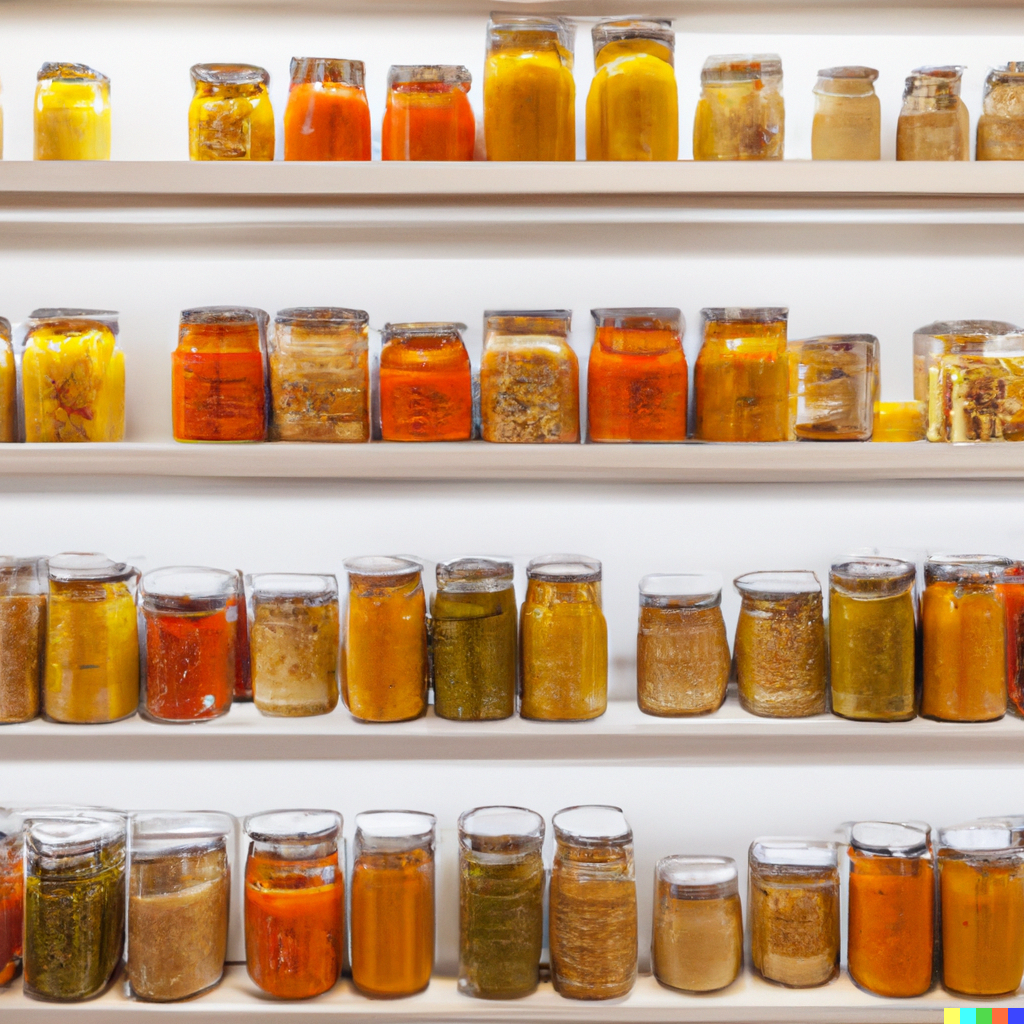The Ultimate Guide to Keep Haddock Fresh and Safe
Haddock is a flaky, mild white fish that’s perfect for frying, baking, and chowders. However, haddock is highly perishable, and improper storage can lead to spoilage. Knowing how long haddock lasts—and the best ways to store it—ensures you enjoy its delicate flavor while preventing food waste and ensuring food safety.
Shelf Life of Haddock
At Room Temperature (Raw or Cooked):
- Raw Haddock (fillets or whole): 1-2 hours (discard if left out longer)
- Cooked Haddock: 2 hours (1 hour if above 90°F/32°C)
In the Refrigerator:
- Raw Haddock (whole or fillets): 1-2 days
- Cooked Haddock: 3-4 days
- Smoked Haddock (unopened): 2-3 weeks
- Smoked Haddock (opened): 5-7 days
In the Freezer:
- Raw Haddock (whole or fillets): 6-8 months
- Cooked Haddock: 2-3 months
- Vacuum-Sealed Haddock (raw): 8-12 months
Best Practices for Storing Haddock
- Refrigerate Immediately – Store raw haddock at 32°F to 38°F (0°C to 3°C). Place the fish on ice or in the coldest part of the refrigerator.
- Freeze for Long-Term Storage – Wrap haddock tightly in plastic wrap, freezer paper, or vacuum-seal to prevent freezer burn and retain quality.
- Use Airtight Containers – Store cooked haddock in airtight containers to keep it moist and flavorful.
- Smoked Haddock – Keep smoked haddock in the original packaging or reseal tightly after opening to prevent it from drying out.
- Label and Date – Clearly label the haddock with the date of freezing or refrigerating to ensure it’s used within the recommended timeframe.
- Thaw Safely – Thaw haddock in the refrigerator overnight or under cold water. Avoid thawing at room temperature to prevent bacterial growth.
Signs Haddock Is Going Bad
- Slimy or Sticky Texture – A slimy surface is a clear indication of spoilage.
- Strong, Fishy Odor – Fresh haddock has a mild, clean ocean smell. A sour, ammonia-like, or overpowering fishy odor signals the fish is no longer safe to eat.
- Discoloration – Raw haddock should be white or light pink. Yellowing, graying, or dark patches indicate spoilage.
- Excess Liquid – If the fish releases an unusual amount of liquid or milky residue, it may be past its prime.
How to Use Haddock Before It Spoils
- Classic Fish and Chips
- Baked Haddock with Lemon and Garlic
- Haddock Chowder
- Pan-Seared Haddock with Herb Butter
- Smoked Haddock Kedgeree
By properly storing haddock, you can extend its shelf life, reduce food waste, and enjoy delicious, safe meals. Whether frying fillets for fish and chips or freezing haddock for future recipes, these tips will help keep your fish fresh and ready to cook.
